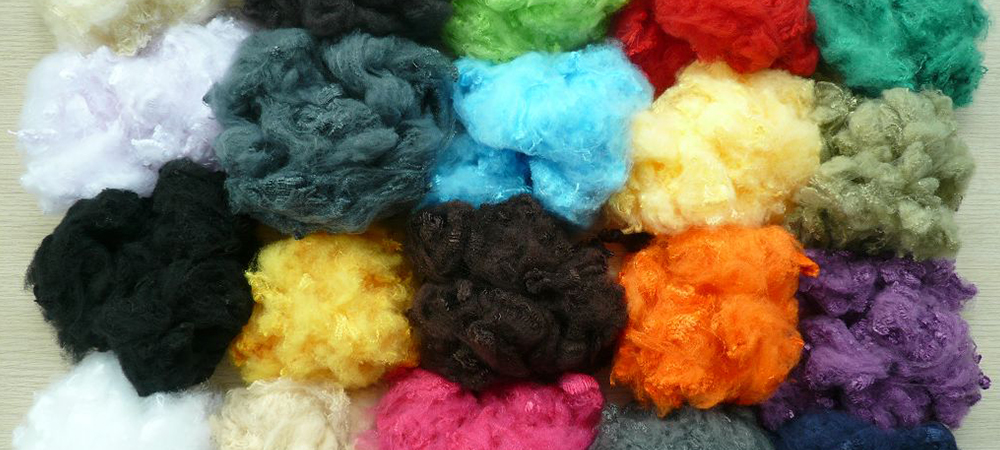
Recycled Fibres
- Recycled Fibres can be generally defined as converting fabric clips into recycled fibre that can be reused in textile and pharmaceutical products. Recycled cotton is also commonly referred to as regenerated cotton, reclaimed cotton. Recycled content includes recycled raw material, as well as used, reconditioned, and re-manufactured components.
- Textile recycling is generated from scraps created by fabric by-products.
- The largest volume of recycled cotton sources is produced through pre-consumer waste, such as cutting scraps.
Markets
This is an important line of business for company keeping in mind the increasing demand for high-quality cotton and fabrics in India. The key area for Company is to improve fibre export out of India to serve various industries and the unit for manufacturing can run quite successfully if they can tap the market giving good price and quality. These materials constitute residues of cotton and poly cotton from different forms of productions being yarns, fabrics and specialized cotton for pharmaceutical sectors.
The Process
First, fabrics and materials are sorted by color. After sorting, the fabric clips are run through a machine that shreds the fabric clips into yarn and further into raw fibre. It is not uncommon for fibres to break and entangle during shredding. The raw fibre is then spun into yarns for reuse in other products. The quality of recycled fibre will never have quality values equal to the original fibre. Specifically, fibre length and length uniformity will be impacted.
Benefits to using Recycled Cotton

- Recycled cotton can find new life in many different products such as insulation, mop heads, rags, and stuffing.
- The amount of energy, water, and dye use is reduced from using a product that has already been processed. The savings are achieved through offsetting the production of new materials. Since recycled cotton most commonly are sourced from pre-consumer textile scraps that are sorted by colors, the scraps are already dyed.
- The process of recycling can divert many products from landfills. According to the Council for Textile Recycling, annual textile waste is estimated to be more than 110 million tons.
- The CO2 and fossil fuel emission savings can be partially offset by using existing materials. However, the collection, processing, and shipping of cotton can reduce or neutralize some of these savings.
How Can You Be A Part Of This Effort?
Recycled cotton is a great option for reducing textile waste and repurposing for lower grade products, but there are still challenges to overcome for end-uses, especially in the apparel market.
Recycled cotton has its place for certain end-uses, but the challenges with strength and quality reduction can cause issues during production and after the consumer takes the product home. Once garments are recycled, they cannot continue to be recycled due to the fibre separation process that weakens the fibres – recycled materials cannot be recycled infinitely.
